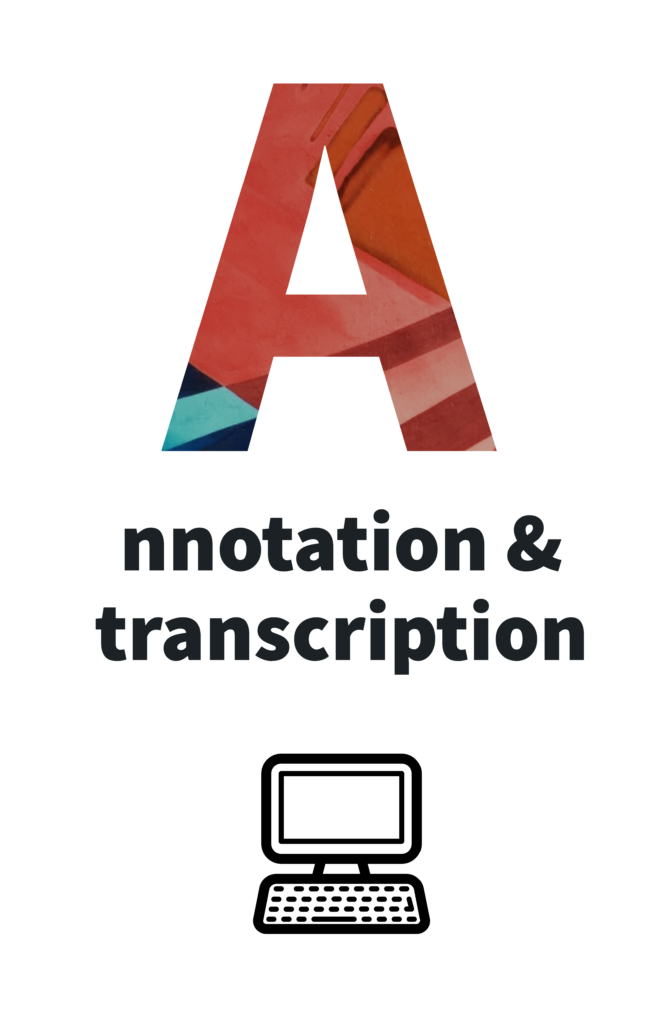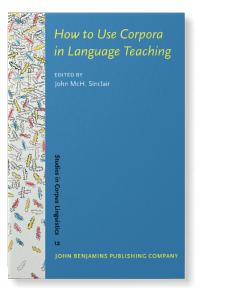Here you can find some useful resources to carry out your transcription project.
MacWhinney, B. (2000). The CHILDES Project: Tools for Analyzing Talk. 3rd Edition. Mahwah, NJ: Lawrence Erlbaum Associates.
Brian MacWhinney (2019) Tools for Analyzing Talk. Part 1: The CHAT Transcription Format. URL:
https://childes.talkbank.org/
Leech (2004): types of annotation
phonetic annotation e.g. adding information about how a word in a spoken corpus was pronounced.
prosodic annotation — again in a spoken corpus — adding information about prosodic features such as stress, intonation and pauses.
syntactic annotation —e.g. adding information about how a given sentence is parsed, in terms of syntactic analysis into such units such phrases and clauses
semantic annotation e.g. adding information about the semantic category of words — the noun cricket as a term for a sport and as a term for an insect belong to different semantic categories, although there is no difference in spelling or pronunciation.
pragmatic annotation e.g. adding information about the kinds of speech act (or dialogue act) that occur in a spoken dialogue — thus the utterance okay on different occasions may be an acknowledgement, a request for feedback, an acceptance, or a pragmatic marker initiating a new phase of discussion.
discourse annotation e.g. adding information about anaphoric links in a text, for example connecting the pronoun them and its antecedent the horses in: I’ll saddle the horses and bring them round. [an example from the Brown corpus]
stylistic annotation e.g. adding information about speech and thought presentation (direct speech, indirect speech, free indirect thought, etc.)
lexical annotation adding the identity of the lemma of each word form in a text — i.e. the base form of the word, such as would occur as its headword in a dictionary (e.g. lying has the lemma LIE).
Online services:
https://transcribe.wreally.com/
https://otranscribe.com/
BRAT: http://brat.nlplab.org/introduction.html
Backbone Transcriptor. URL
Gate: https://gate.ac.uk/teaching.html
Folia: https://proycon.github.io/folia/
Metadata for corpus work: http://users.ox.ac.uk/~lou/wip/metadata.html
Annotation on Sketch Engine: https://www.sketchengine.eu/guide/annotating-corpus-text/
TEI by example website: https://teibyexample.org/modules/TBED02v00.htm


